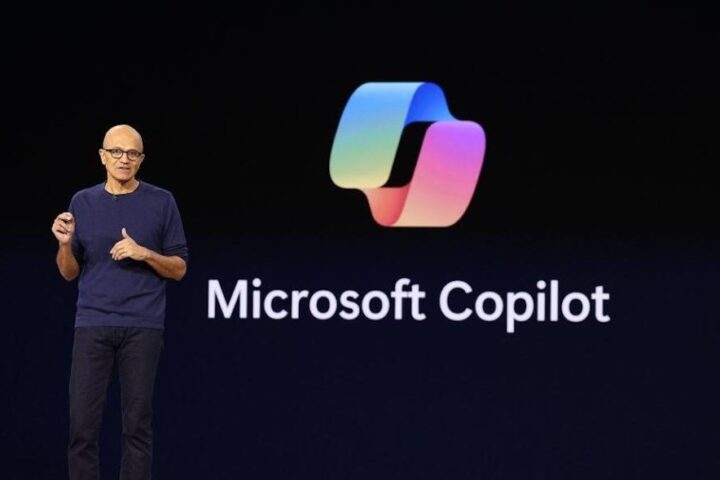 Deepseek-R1, introduced just four months ago, is already stirring up interest with its top-notch reasoning abilities despite using far fewer training resources than earlier models. You might have noticed that tech leaders like Meta are now trying to mirror its success. Researchers from China and Singapore have taken a close look at how Deepseek-R1 is reshaping the AI landscape, sparking a renewed emphasis on reasoning-centric models that build on OpenAI’s early groundwork.
Deepseek-R1, introduced just four months ago, is already stirring up interest with its top-notch reasoning abilities despite using far fewer training resources than earlier models. You might have noticed that tech leaders like Meta are now trying to mirror its success. Researchers from China and Singapore have taken a close look at how Deepseek-R1 is reshaping the AI landscape, sparking a renewed emphasis on reasoning-centric models that build on OpenAI’s early groundwork.
A key ingredient behind this progress is supervised fine-tuning (SFT), where base models are retrained using clear, step-by-step guidance. Instead of needing vast amounts of data, a few thousand well-chosen examples can significantly boost even modest models (like those with 7B or 1.5B parameters). This challenges the old idea that only massive models can grasp deep reasoning.
Reinforcement learning is also playing a bigger role now. Techniques such as Proximal Policy Optimization (PPO) and Group Relative Policy Optimization (GRPO) have gained traction. PPO works by tweaking model weights gradually using a clipping method, while GRPO tries out several answers per prompt to determine which ones perform best. Some innovative training approaches even start with short responses and then build up to longer ones, echoing the way we naturally learn over time.
There’s a growing push to integrate reasoning skills into multimodal tasks, combining image and audio analysis into the mix. For instance, OpenAI’s latest o3 model cleverly incorporates visual data and tool usage into its reasoning process—though, as many of us have experienced, there’s always room to fine-tune further.
Of course, there are some challenges. Enhanced reasoning capabilities can lead to issues like “overthinking,” where a model, such as Microsoft’s Phi 4, produces far too much internal dialogue for a straightforward query. Similarly, an analysis of Google’s Flash 2.5 model showed a 17-fold spike in token use, making you question the efficiency in terms of both computation and cost. These insights are a reminder that the right model for the job is key.
Security remains a prime concern. Although such models are tougher to tamper with, any weakness in their logical core could lead to harmful outputs if exploited. It’s a balance between achieving better performance and maintaining robust safeguards.
If you’ve ever struggled to find that perfect balance between accuracy, speed, and cost, the journey of Deepseek-R1 offers some reassuring takeaways. This is just the start—a promising sign that we’re on course to explore wider applications, better reliability, and smarter ways of training our models.








